A day from now, we will witness how 32 minds will shape the world of football. The minds in question belong to the coaches of the 32 teams competing at the 2018 FIFA World Cup in Russia.
Among these minds is that of 71-year-old Óscar Washington Tabárez Silva, known as El Maestro, the head coach of Uruguay’s team and the oldest coach of the 32. The most prominent among them is José Néstor Pékerman Krimen. At 68, the Argentinian has been the head coach of Colombia’s national team since 2012, and has attended the World Cup three times — this is his second time with the Colombian team. There are others with similar World Cup experience, like the Carlos Queiroz, the head coach of Iran’s national team, and Joachim Löw, the German head coach. But it is Pékerman who has been given the nickname “Mr. World Cup.” As a youth-level coach for Argentina, he won the FIFA World Youth Championship three times, and the U20 South American Youth Championship twice. (Of course, he has lost to his rivals seven times as well.)
Sixty-six-year-old Dutch Bert van Marwijk, the second oldest coach, manages the Australian team. The fourth in this age lineup is 65-year-old Carlos Queiroz. The youngest coach is Aliou Cissé, a mere 42 years of age and in charge of Senegal’s national team.
The German sports magazine Kicker described Carlos Queiroz as the “most popular coach in the history of Iranian football," adding: “in recent years he has talked many times about retiring because he has been criticized for his not-very-attractive style of plays. Sometimes he has strongly expressed his unhappiness with his working conditions and occasionally he has had serious disagreements with the officials of the football federation or with the managers of football clubs. But has become very popular with fans because twice he has managed to get Iran into the World Cup. This is why his supporters and the media have called him the ‘Father of Success’.”
The Worst World Cup Jerseys
Whenever Iran has competed in the World Cup, there is always controversy over their uniforms. They are usually poorly designed, and often of low quality. In an article published on June 12 entitled “Ranked! The 20 worst World Cup kits EVER,” the Malaysian edition of the football magazine Four Four Two ranked Iran’s jersey at the 1998 World Cup as the 11th worst. It provided the following reasons: “Font failures, the Puma logo, shirt number, the letters ‘I.R.’ and the ‘COUPE DE MONDE FRANCE 98,’ [as well as the] uncalled-for central tricolor IRAN motif, making Mehdi Mahdavikia resemble a Wolverhampton speedway ace with too many sponsors.”
And again, in this World Cup, the jerseys worn by Iran’s National Football Team have come under harsh criticism. Adidas did not release its design before the 2018 World Cup was only days away. It’s possible that, sometime in the future, commentators will point to it as one of the worst designs again.
The Role of Politics
In a special report [PDF], US financial giant Goldman Sachs has analyzed the 2018 World Cup tournament from various aspects, including economic and political.
While Iran’s economic and football fortunes have tended to wax and wane together over the long run, recently these fortunes have diverged. On the one hand, its football prospects have improved steadily in the post-crisis era, with a FIFA World Ranking that has risen from around 60 after the financial crisis to 36 currently. Iran’s chances of winning the 2018 World Cup, while modest at around 500-1, are a roughly fivefold improvement over its odds in 2014. On the other hand, Iran’s economic outlook is significantly clouded by the prospect of new US sanctions.
In the past, football has played a legitimately important role in calming tensions between Iran and the rest of the world. Before one of the most politically charged games in World Cup history, against the US in 1998, Iranian and US players exchanged flowers and souvenir pins, and posed for a now iconic, conciliatory group photo. After Iran’s victory that day (its lone World Cup win), US defender Jeff Agoos famously suggested that ‘we did more in 90 minutes than the politicians did in 20 years.’”
Two decades later, tensions between the US and Iran have re-emerged. In early May, President Trump announced that the US would withdraw from a long-standing nuclear deal with Iran; as a result, US sanctions are, at present, scheduled for a staggered re-implementation beginning in Q3 [August-September]. Although the impact of US sanctions on the global oil supply is unclear given that various parties may be able to increase supply to offset decreases in oil supplied by Iran, a reimposition of US sanctions could have a chilling effect on the Iranian economy.
For Iran, these short-term uncertainties are especially unwelcome given a global macroeconomic backdrop that, overall, appears to have become friendlier for oil exporters. We have long argued that Iran, which features both large oil reserves and a well-educated population, has the potential to eventually become a major economic player on the global stage. Robust global oil demand and an increasingly strong case for commodities over the next year would, in the absence of renewed political uncertainties, be a tailwind for this long-run outlook. Now, as the World Cup approaches, Iran may hope to find, once again, that football can be a useful tool for easing political tensions.
Good News: Taremi is Back
Mehdi Taremi, one of the Iranian national team’s strikers and the best goal-scorer in the history of Iran’s Upper League, was injured in a friendly game against Turkey in May. Queiroz had to pull him out of the field in the 20th minute. As a result, Taremi was absent from the match against Lithuania on June 8.
In the past year, Taremi has been a key player for Iran’s national football team and scored goals in three consecutive games against Qatar, China and Uzbekistan. So it is logical to assume that Taremi’s injury must have really worried Queiroz.
But the good news from Russia is that Taremi has returned to practice and is again playing with his fellow Iranian footballers. His cheerful face and the practice, which went without a hitch, should have made Queiroz more confident just three days before the match against Morocco.
visit the accountability section
In this section of Iran Wire, you can contact the officials and launch your campaign for various problems




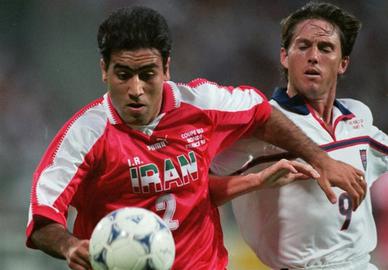




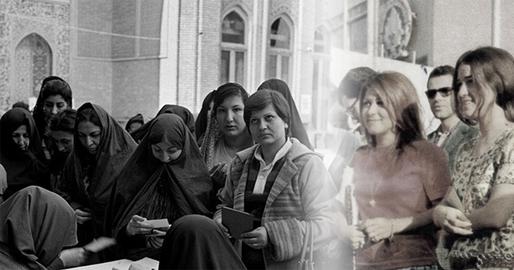
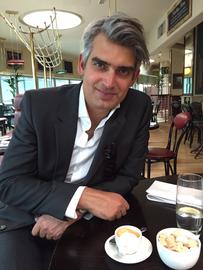
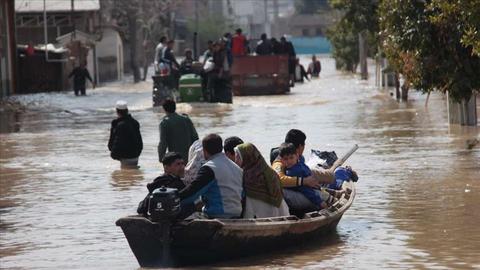
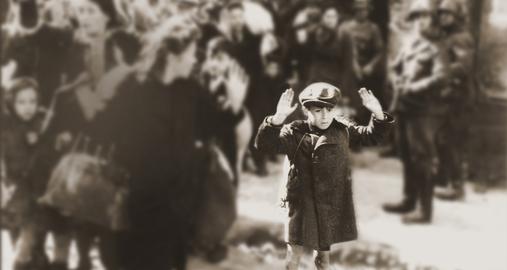
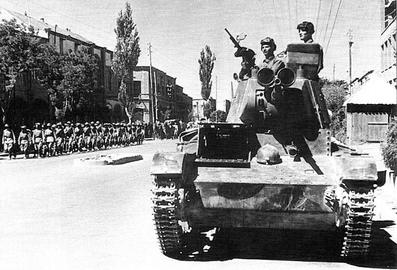
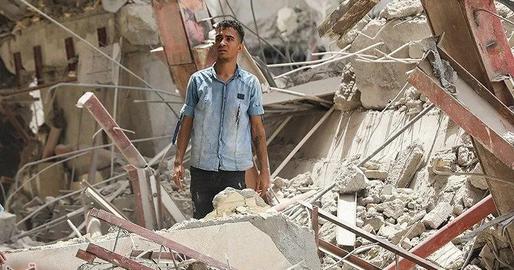




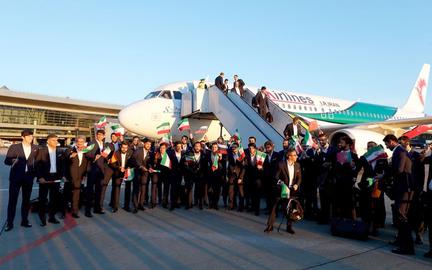
comments